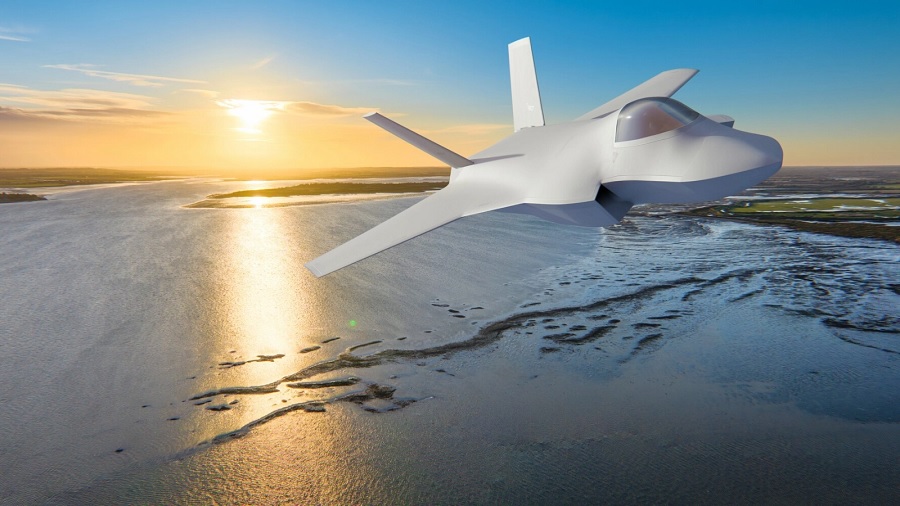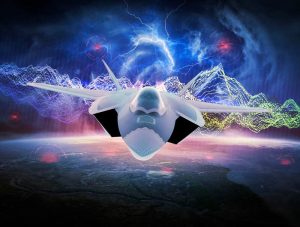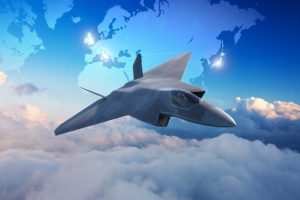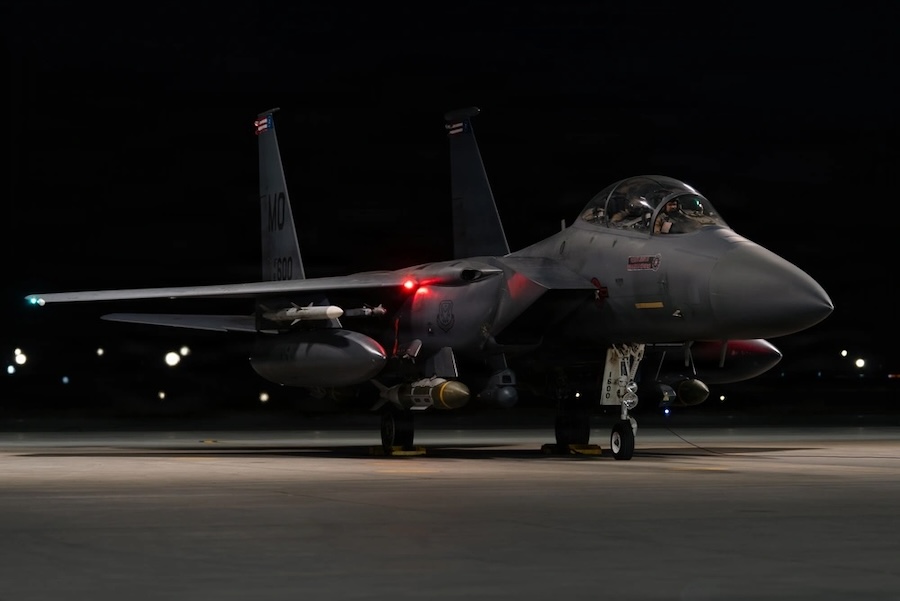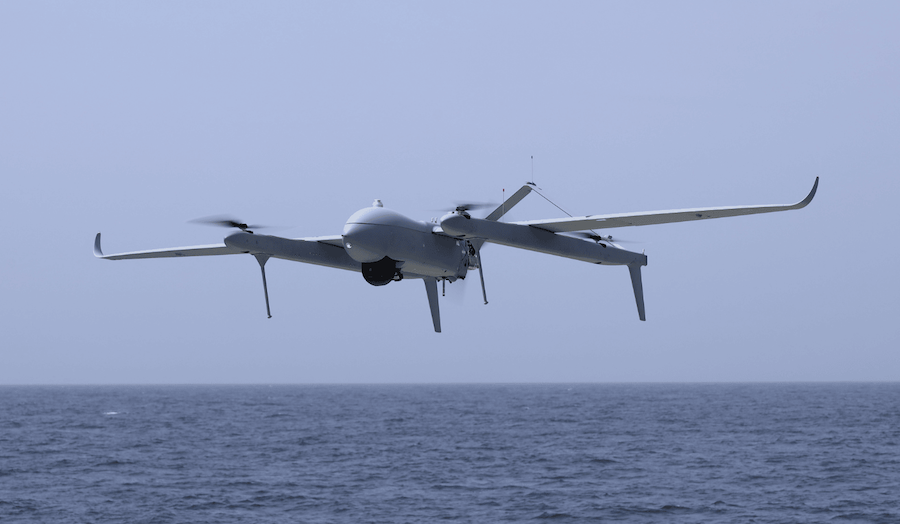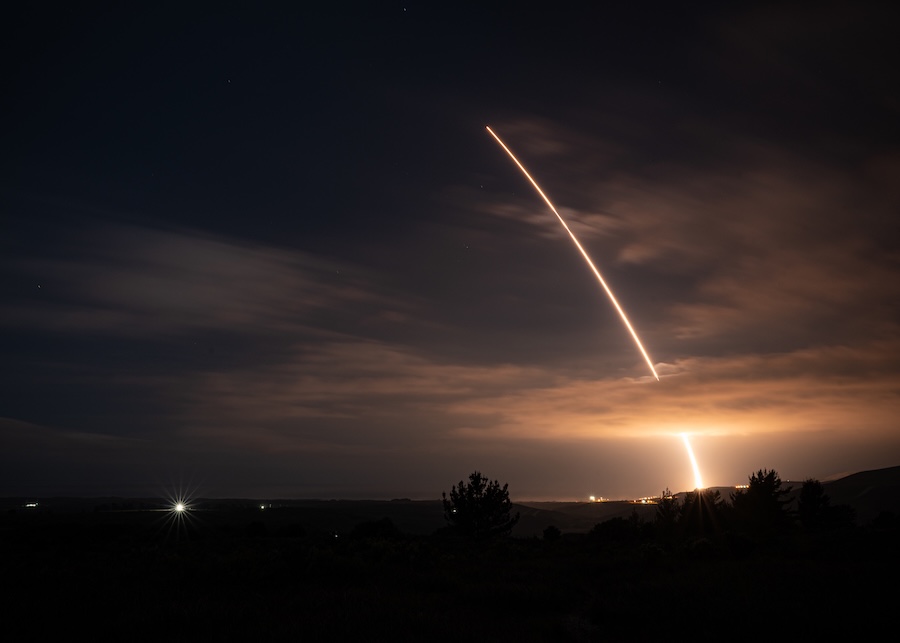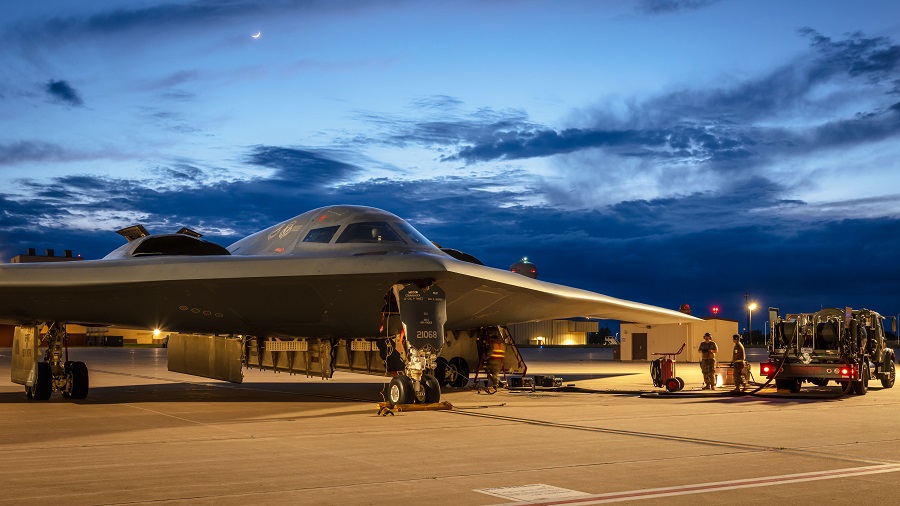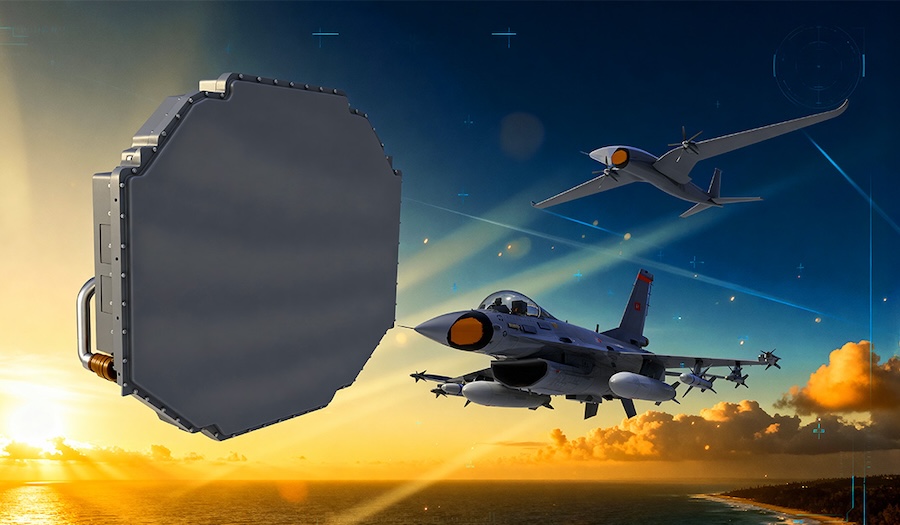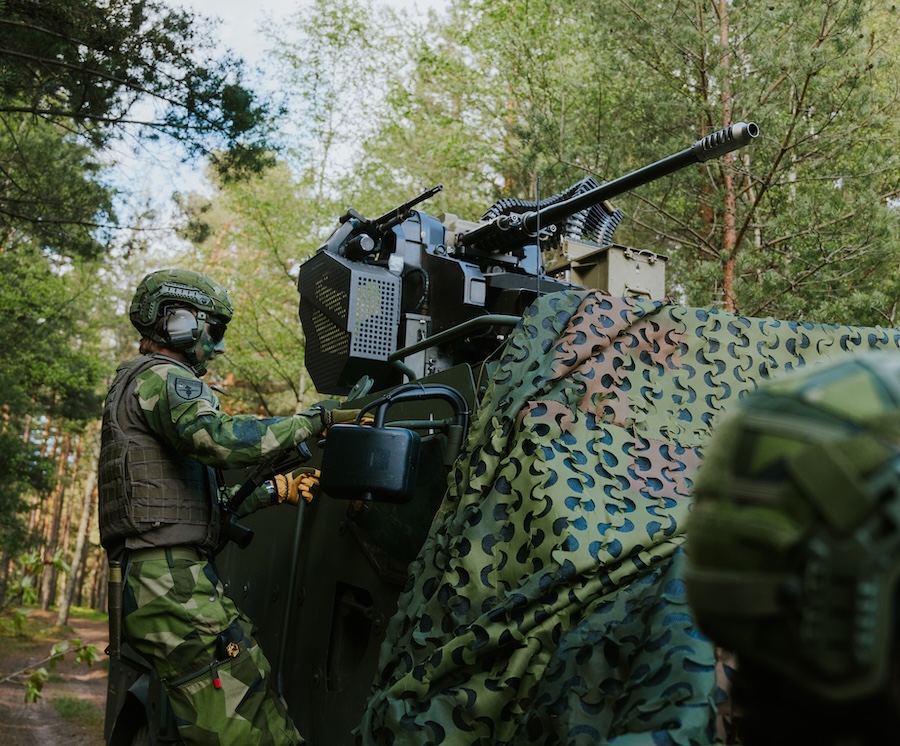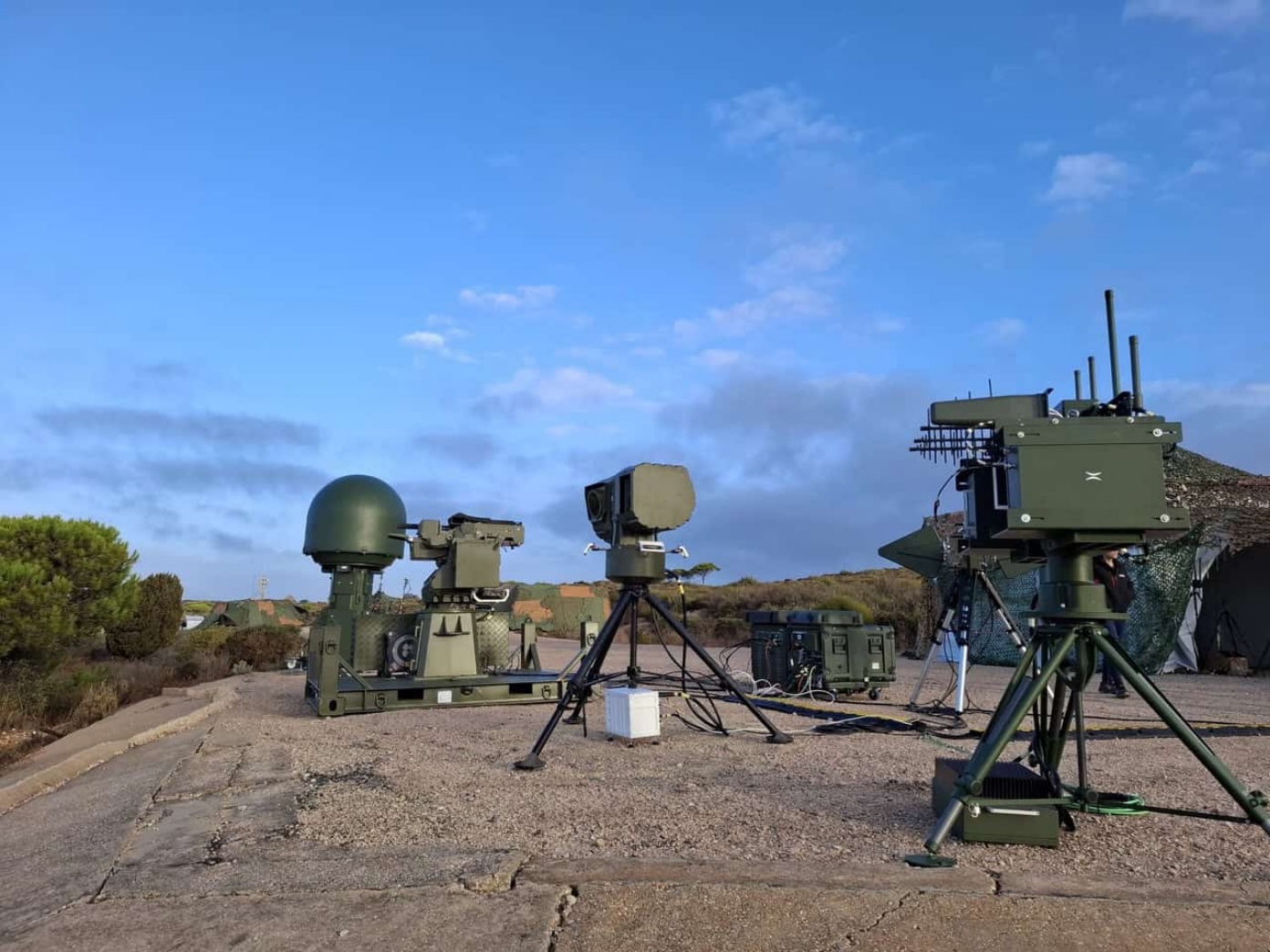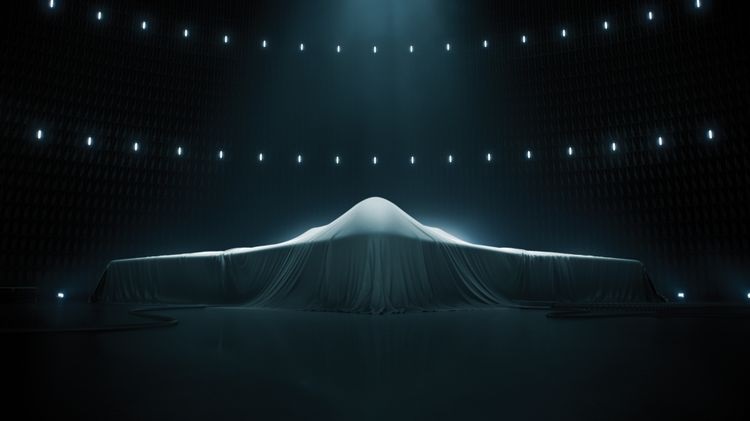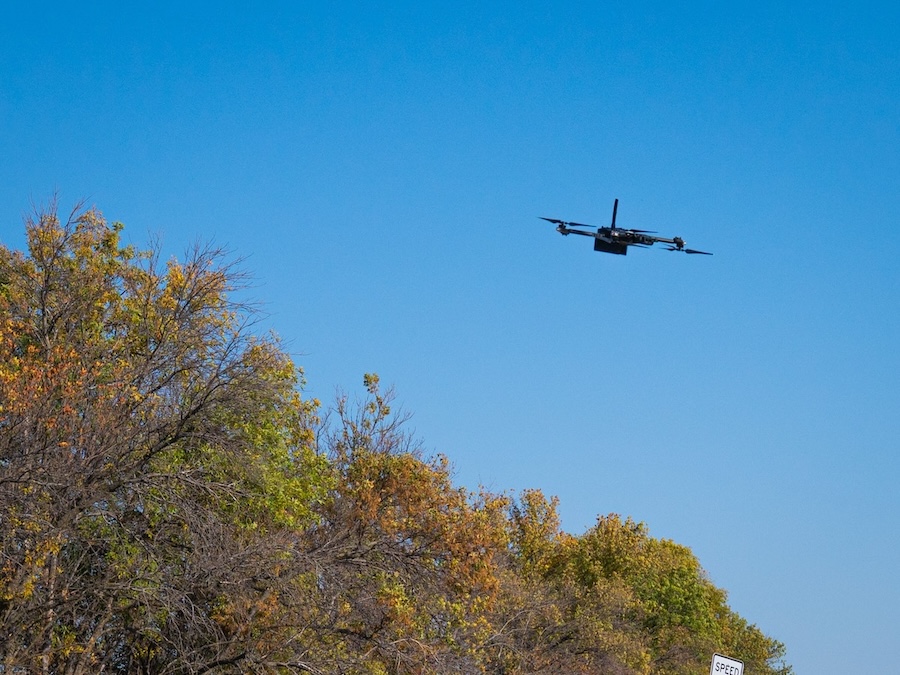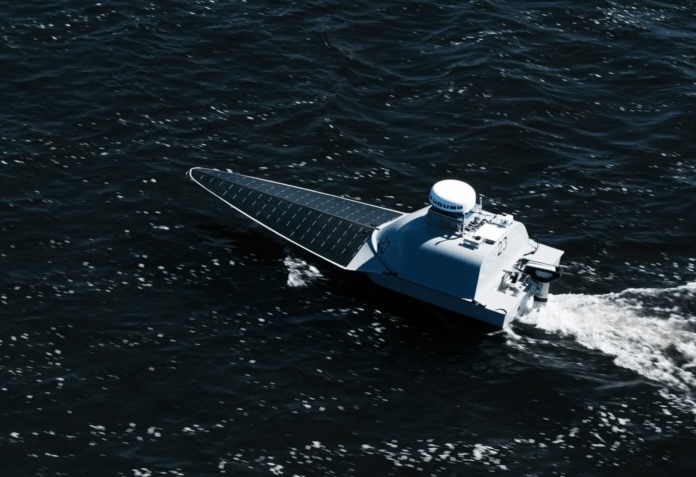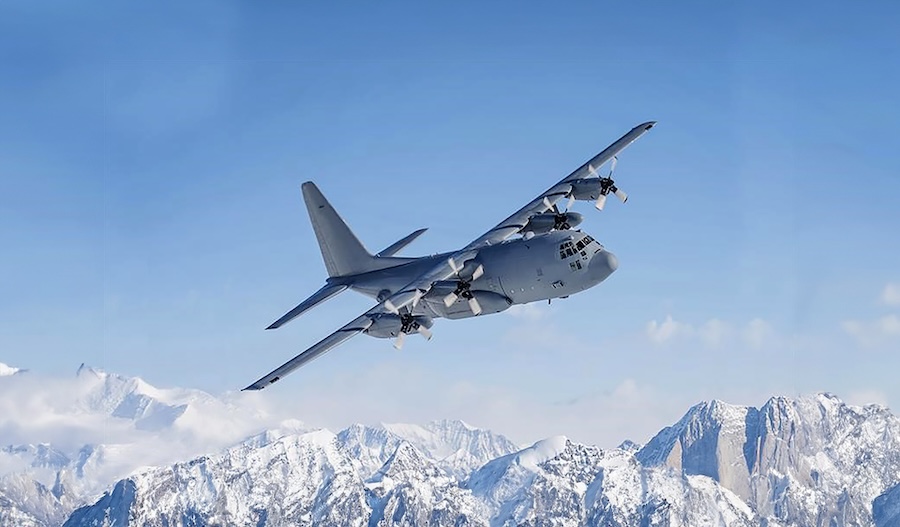The piloted supersonic aircraft is the first crewed combat demonstrator to be developed in the UK in four decades. Designed to test next-generation technologies, including stealth-compatible features, it forms a key part of the Global Combat Air Programme (GCAP) in collaboration with Italy and Japan.
“This significant and challenging project will deliver the UK’s first crewed combat demonstrator aircraft in four decades,” said Tony Godbold, Future Combat Air Systems Delivery Director at BAE Systems. “As well as developing a unique aircraft, we’re building the technical foundations, workforce readiness and digital maturity essential to deliver the next generation of combat air capability.”
BAE Systems and the Ministry of Defence shared the updated design for the first time, giving the public a glimpse of what the aircraft will look like in flight. “Manufacturing of the aircraft continues at pace, which is testament to the ingenuity and collaboration of Government and industry teams,” Mr Godbold added.
Richard Berthon, Director Future Combat Air at the Ministry of Defence, emphasised the value of the programme in preparing for future defence needs. “The Combat Air Flying Demonstrator is providing invaluable lessons on future combat air delivery and equipping our people with the skills they will need to deliver GCAP,” he said.
Engineers at BAE Systems are applying a range of cutting-edge technologies such as 3D printing, cobotics, digital twins, model-based systems engineering and virtual simulation. These tools are driving innovation in aircraft design and manufacturing, enabling faster and more cost-effective development cycles.
Over 300 hours of simulated flight have already been completed by test pilots from BAE Systems, Rolls-Royce and the RAF. These virtual trials help assess the aircraft’s flight control systems in complex scenarios, gathering vital performance data long before the demonstrator takes to the skies.


